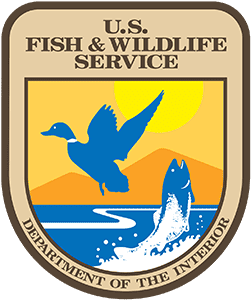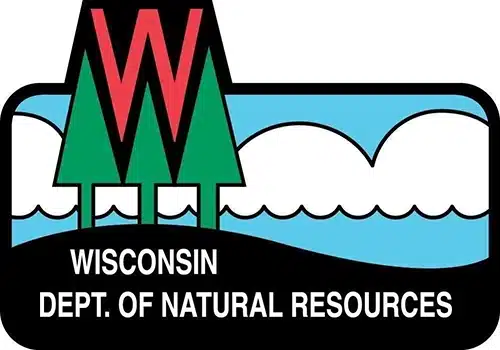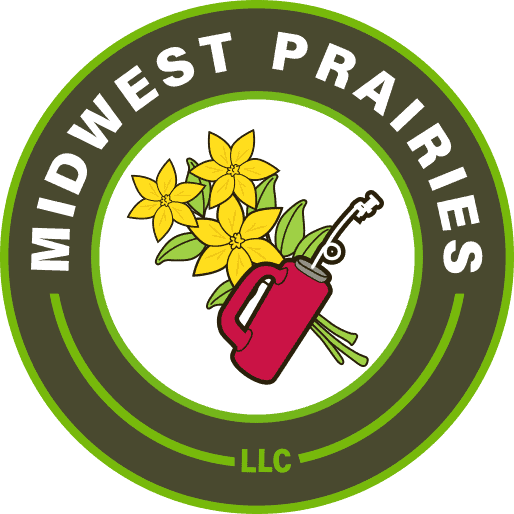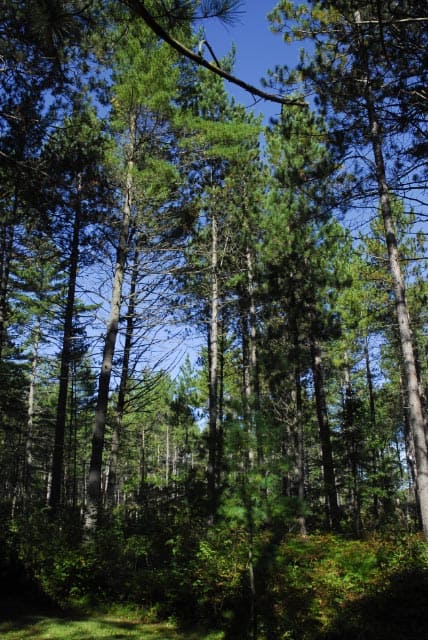Funding Sources
funding
There are many potential sources of funding for restoration projects. Some are restricted to non-profit or governmental agencies while others can also be used for private lands.
Midwest Prairies will assist landowners in identifying opportunities and in the application process under some circumstances. Call for a free consultation.



EQUIP FACT SHEET
Benefits
Eligible program participants receive financial and technical assistance to implement conservation practices, or activities like conservation planning, that address natural resource concerns on their land. Payments are made to participants after conservation practices and activities identified in an EQIP plan of operations are implemented. Contracts can last up to ten years in duration.
Eligibility
Agricultural producers and owners of non-industrial private forestland and Tribes are eligible to apply for EQIP. Eligible land includes cropland, rangeland, pastureland, non-industrial private forestland and other farm or ranch lands.
Socially disadvantaged, beginning and limited resource farmers, Indian tribes and veterans are eligible for an increased payment rate and may receive advance payment of up to 50 percent to purchase materials and services needed to implement conservation practices included in their EQIP contract. Applicants must:
- Control or own eligible land
- Comply with adjusted gross income limitation ( AGI ) provisions
- Be in compliance with the highly erodible land and wetland conservation requirements
- Develop an NRCS EQIP plan of operations
- Additional restrictions and program requirements may apply.
What’s New in EQUIP
- The former Wildlife Habitat Incentive Program was folded into EQIP.
- Advance payment opportunities now exist for veteran agricultural producers.
- Advance payments for socially disadvantaged, beginning and limited resource farmers, Indian tribes and veterans were raised from 30 percent to 50 percent.
- Payment limitations are set at $450,000 with no ability to waive.
How to Apply
Visit your local USDA Service Center to apply or
NRCS will help eligible producers develop an EQIP plan of operations, which will become the basis of the EQIP contract.
EQIP applications will be ranked based on a number of factors, including the environmental benefits and cost-effectiveness of the proposal.
For More Information
Visit your local USDA Service Center or
LIP FACT SHEET
WISCONSIN DEPARTMENT OF NATURAL RESOURCES LANDOWNER INCENTIVE PROGRAM (LIP)S
Helping private landowners protect rare plants and animals
The goal of the Landowner Incentive Program (LIP) is to help private landowners create and manage habitats for species that are rare or declining. The program provides management advice, assistance with management plans and cost-share funding to individuals and organizations on private lands throughout the state.
Private landowners and conservation
The biggest threat to plants and animals world-wide is loss or degradation of habitat. With more than 85% of Wisconsin’s landscape under private ownership, landowners play a key role in helping conserve the beauty and diversity of Wisconsin’s natural heritage for future generations. As a landowner, you can make a difference.
Would you be interested in:
- Creating or improving habitat for plants and wildlife?
- Receiving technical help to improve your property?
- Helping wildlife and plant species, especially rare species?
If so, the Landowner Incentive Program can help.
Technical assistance
Technical assistance is available to Wisconsin landowners free of charge, and is not contingent on applying for or receiving a LIP cost-share grant. A LIP biologist can work with you over the phone, email, or possibly even meet with you on your property, technical assistance can include:
- Identifying what habitats (or species) may be present on your land
- Suggesting approaches to management
- Help in determining priorities and timelines
- Guidance in developing management plans
- Referrals for cost or technical assistance, either through LIP or another program
- Providing Information on land protection options
- And more…
Cost-share assistance
LIP is a cost-share program and DNR can reimburse a landowner for up to 75% of the cost for the on-the-ground practices that are involved in the management of the project. The landowner is required to contribute the matching percentage.
For More Information:
Wisconsin Dept. Natural Resources | Landowner Incentive Program
WFLGP FACT SHEET
Wisconsin Department of Natural Resources
Wisconsin Forest Landowner Grant Program (WFLGP)
The WFLGP program assists private landowners in protecting and enhancing their forested lands, prairies and waters. The program allows qualified landowners to be reimbursed up to 50 percent of the eligible cost of eligible practices
Eligibility
Private landowners in Wisconsin are eligible for WFLGP funding if they own at least 10 contiguous acres of non-industrial private forest but not more than 500 acres within Wisconsin.
Successful applicants will receive an award letter from the WFLGP Coordinator indicating that eligible grant work may begin. Costs incurred prior to receiving the award letter are not eligible for WFLGP cost-sharing grant reimbursement.
Applicants must have a forest stewardship plan in place on their land or be applying to have one prepared through the WFLGP program. Landowners granted WFLGP funding can only be cost-shared for non-commercial practices. Examples of non-commercial practices include the following activities.
Priority 1 Practices
- Stewardship plan development
- Tree planting/regeneration
- Forest health and improvement
- Soil and water protection and improvement
Priority 2 Practices
- Wetland and riparian protection
- Wildlife habitat enhancement
- Endangered or threatened resources, rare natural community, historic, cultural and archaeological protection, restoration, enhancement and maintenance
Currently, there is no funding available for Priority 2 practices.
For More Information:
Contact Local DNR Forester
Patrick Kirsop, Grant Section Chief
608-266-2747
PPW FACT SHEET
US Fish and Wildlife Service
Partners for Fish and Wildlife
Through voluntary agreements, US FWS provides expert technical assistance and cost-share incentives directly to private landowners to restore fish and wildlife habitat.
Eligibility
Any privately-owned land is potentially eligible for restoration, including working farms and recreation lands. Most participants are individual private landowners. For purposes of this program, “privately-owned” means land not owned by a State or the Federal Government. Partners may include individual landowners, tribes, organizations, municipalities and corporations.
Priorities
In the Midwest priorities are to restore wetlands, grasslands, forests and stream corridors. Often combinations of these habitats are restored on a landowner’s property. The focus is on projects that will provide the greatest benefits for
- Federal trust species (migratory birds, threatened and endangered species, migratory fish)
- Complementing National Wildlife Refuge System lands
- Reducing habitat fragmentation
- Other considerations include: permanently protected lands, lands identified as a conservation priority and cost effectiveness
Funding Amounts
There is no set percentage, amount or limit, but USFWS generally expects a matching contribution by the landowner.
For More Information:
U.S. Fish & Wildlife Service
Partners for Fish & Wildlife


